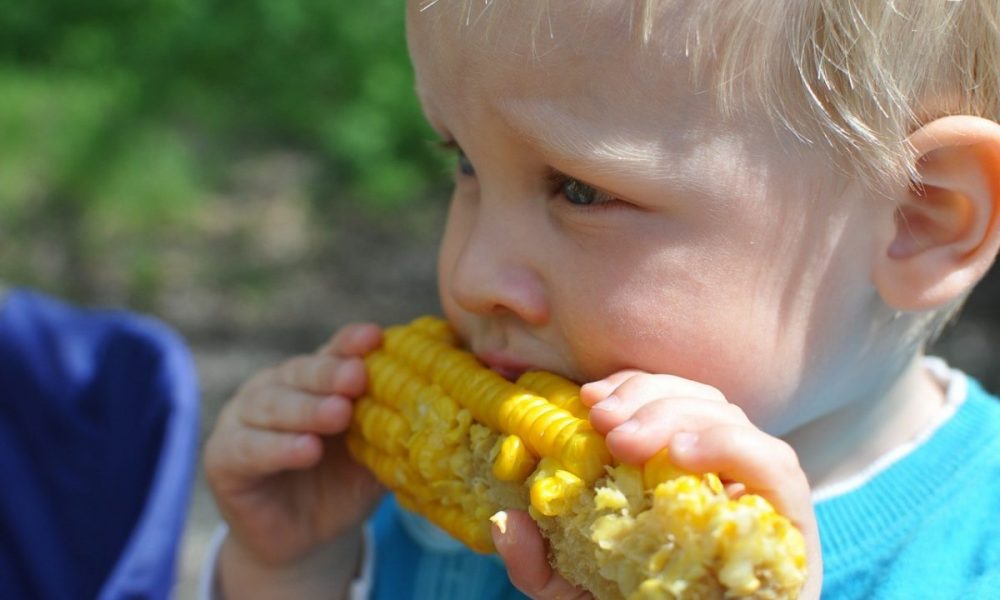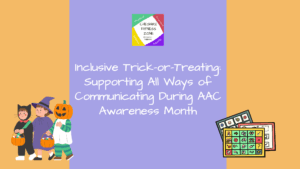Feeding and swallowing disorders are extremely common in young children. These issues can be rooted in psychological or physical causes, and can lead to malnourishment or other problems.
Dysphagia , another word for swallowing disorders, refers to a number of difficulties, including the following:
- Coughing or choking during feeding
- Trouble breathing when eating
- Gagging
- Loss of food or liquid from the mouth when eating
- Eating only foods with very specific textures
- Noticeable distress during feeding
- Long eating times
- Loud, wet vocalizations during eating
- Weight loss or failure to gain weight
There are three stages of the swallowing process, each of which presents a unique opportunity for dysphagia to manifest.
- Oral Phase: This is the phase of swallowing that occurs in the mouth. Dysphagia in the oral phase will be recognized by difficulty with sucking, chewing, and moving food or liquid within the mouth.
- Pharyngeal Phase: This is the phase which occurs when food begins to enter the throat. Dysphagia in this phase may manifest as gagging or with problems with aspiration.
- Esophageal Phase: This is the phase of swallowing at the top and bottom of the feeding tube (esophagus).
Related Post: Picky Eaters vs. Problem Feeders: When Is Picky Eating a Problem?
What Causes Dysphagia in Children?
Dysphagia can occur for a number of different reasons, but food allergies, palate defects, gastrointestinal disorders, developmental disabilities, neurological disorders, and sensory-motor difficulties are common culprits.
How is Dysphagia Diagnosed?
Initial diagnosis is usually done by parents. When a child is having difficulty swallowing, it’s hard not to notice!
If you think your child is experiencing dysphagia or any other feeding problem, contact your pediatrician immediately.
A pediatrician can help diagnose the exact details of each case of dysphagia by reviewing medical history, observing the child, and performing tests such as a fluoroscopic swallowing exam.
Feeding Therapy and Other Treatments for Dysphagia in Children
Treatment for dysphagia can come in a number of forms, depending on the specifics of each individual case. Causes, symptoms, and other variables will differ from child to child and can affect ideal treatment considerably.
Common treatments include medical intervention, nutritional changes, behavioral modification, postural or positioning changes, and more.
Feeding therapy is an umbrella term for many of the possible treatments for dysphagia in kids.
Once a child with dysphagia has been evaluated by a medical professional, he or she may be referred to an occupational or speech therapist. The therapist can then assess the child’s specific needs and begin a custom course of treatment.
If you need feeding therapy for a child in Connecticut, the therapists at Cheshire Fitness Zone are specially trained in treating dysphagia by addressing oral motor conditions, sensory-motor issues and seating/positioning.
Cheshire Fitness Zone works closely with each child and their parents or guardians to develop home programs and provide strategies to make mealtime a success every time.
To learn more about pediatric feeding therapy for dysphagia, contact Cheshire Fitness Zone in Cheshire and Meriden by calling (203) 250-9663 or using this online form.
[contact-form-7 id=”537″ title=”Contact Us form”]



